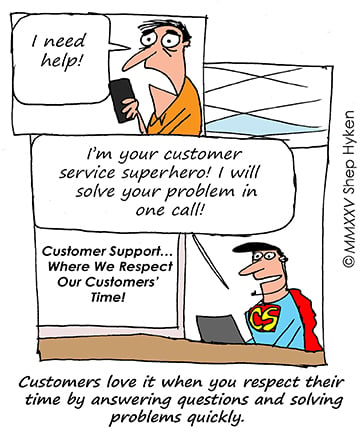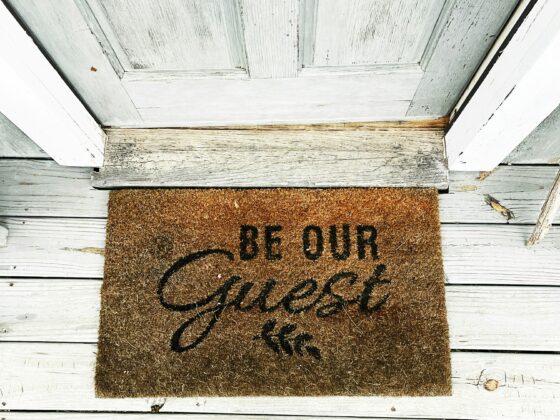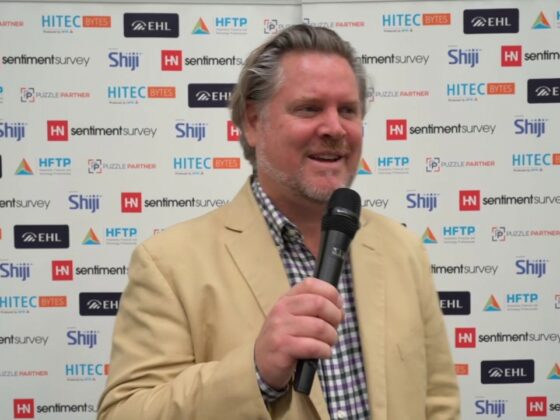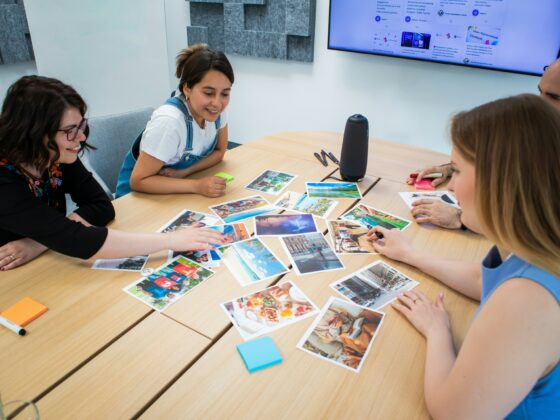 A customer takes the time to buy a product, which could include research, visits to a store, calls to a salesperson, and many other tasks that go into a pre-purchase routine. So once they buy it, the work should be over. But sometimes it’s not. Something goes wrong, or the customer may have a question. Regardless of what it is, they are about to spend more time related to their purchase that isn’t just the actual use of the product.
A customer takes the time to buy a product, which could include research, visits to a store, calls to a salesperson, and many other tasks that go into a pre-purchase routine. So once they buy it, the work should be over. But sometimes it’s not. Something goes wrong, or the customer may have a question. Regardless of what it is, they are about to spend more time related to their purchase that isn’t just the actual use of the product.
My point is that when the customer has to spend more time than they should, make it so easy and reasonable that they have confidence that if there is ever another problem, you’re a company that is easy to do business with and respects the customer’s time.
When you show respect for a customer’s time, it pays dividends in the form of repeat business, customer loyalty, and word-of-mouth referrals. So, how can you prove this to the customer? As I was preparing for an upcoming customer experience keynote speech, I created an acronym for the word TIME.
- T is for Timely: Respect the clock and quickly respond. Return calls, emails, and messages when promised – or sooner. Fast response shows respect, and the longer the wait, the less customers trust you. Every unnecessary minute equals disrespect.
- I is for Individualized: Make efficiency personal. Know and remember your customer. Use information and data on the customer to anticipate needs and create a more time-efficient experience.
- M is for Minimal Effort: This is about being easy. Reduce transfers, logins, and redundant questions, and streamline processes. Two words sum this one up: eliminate friction.
- E is for Efficiency: Efficiency is the combination of the T, I, and M. Solve issues in one interaction. Use technology to accelerate an experience, not complicate it. More efficient also means “more easier.” (I know, that’s poor English, but it makes the point.) Efficient means easy, and easy creates confidence.
Time is the one resource your customers can never get back. Every minute they spend navigating your phone system, repeating information, or chasing down answers is a minute stolen from their day. When you make things easy and fast, you’re not just solving a problem, you’re proving that your customers’ time matters to you.

So, here’s a homework assignment. Look at your customer touchpoints. Find if there is friction that’s wasting their time. What process can be streamlined? What one step can be eliminated? Create the experience that’s easy and saves your customer’s time. In a world where everyone is stretched thin, being the company that values time is more than just good service. It’s a competitive advantage.





